Home>Furniture & Design>Bathroom Accessories>Why Is Sewage Backing Up In Bathtub


Bathroom Accessories
Why Is Sewage Backing Up In Bathtub
Modified: February 23, 2024
Discover the reasons behind sewage backing up in your bathtub and find solutions to prevent it. Learn how bathroom accessories can help maintain a clean and functional bathroom.
(Many of the links in this article redirect to a specific reviewed product. Your purchase of these products through affiliate links helps to generate commission for Storables.com, at no extra cost. Learn more)
Common Causes of Sewage Backing Up in Bathtub
Sewage backing up in the bathtub can be a distressing and inconvenient issue for homeowners. Understanding the common causes of this problem is crucial for effective resolution and prevention. Here are some of the typical reasons why sewage may back up into your bathtub:
-
Clogged Drain Lines: One of the primary culprits behind sewage backing up in the bathtub is clogged drain lines. Over time, debris, hair, soap scum, and other substances can accumulate in the drain pipes, obstructing the flow of wastewater and leading to backups.
-
Tree Root Infiltration: Tree roots seeking moisture and nutrients can infiltrate underground sewer lines, causing blockages and potentially leading to sewage backup in the bathtub. This is a common issue in older properties with clay or cast iron sewer pipes.
-
Sewer Line Damage: Cracked, collapsed, or deteriorated sewer lines can impede the proper flow of sewage, resulting in backups. This damage can be caused by various factors, including aging infrastructure, ground shifting, or invasive tree roots.
-
Sewer System Blockages: Blockages within the municipal sewer system can also cause sewage to back up into residential properties, including bathtubs. These blockages may occur due to debris, grease buildup, or structural issues within the public sewer lines.
-
Improper Waste Disposal: Flushing non-biodegradable items such as wet wipes, sanitary products, paper towels, and other foreign objects down the toilet can lead to blockages in the sewer system, eventually causing sewage to back up into the bathtub.
-
Sewer Line Slope Issues: Inadequate slope or incorrect installation of sewer lines can impede the proper flow of wastewater, leading to backups in bathtubs and other plumbing fixtures.
Understanding these common causes of sewage backing up in the bathtub is essential for homeowners to take proactive measures in preventing such issues. By addressing these underlying factors, individuals can mitigate the risk of sewage backups and maintain the proper functioning of their plumbing systems.
Key Takeaways:
- Don’t Flush Trouble Down the Drain
Avoid sewage backup in your bathtub by keeping drain lines clear, disposing of waste properly, and managing tree roots to maintain a healthy plumbing system. - Act Fast, Stay Safe
If sewage backs up, stop water usage, prioritize safety, and seek professional help. Prevent future issues with regular maintenance and proactive measures.
Signs and Symptoms of Sewage Backing Up in Bathtub
Recognizing the signs and symptoms of sewage backing up in the bathtub is crucial for homeowners to promptly address potential plumbing issues. Identifying these indicators can help prevent extensive damage and health hazards associated with sewage backups. Here are the key signs and symptoms to watch for:
-
Foul Odors: A noticeable sewage odor emanating from the bathtub drain is a clear indication of potential sewage backup. This unpleasant smell often arises due to the accumulation of decomposing organic matter and wastewater within the plumbing system.
-
Slow Drainage: If the bathtub drains slowly or exhibits persistent drainage issues despite attempts to clear the clog, it could signify a more significant problem within the sewer lines. Slow drainage is often a precursor to sewage backup and should not be overlooked.
-
Gurgling Noises: Unusual gurgling or bubbling sounds coming from the bathtub drain when using other plumbing fixtures, such as the toilet or sink, can indicate air pockets or blockages in the sewer line. These sounds may suggest that sewage is struggling to flow freely through the plumbing system.
-
Water Backing Up: The most obvious sign of sewage backup in the bathtub is the actual presence of wastewater rising from the drain. This may occur when using other water fixtures in the house, such as flushing the toilet or running the washing machine, causing sewage to back up into the bathtub.
-
Sewage Residue: Visual evidence of sewage residue, including dark or discolored water, along with debris or sludge accumulating around the bathtub drain, is a clear indication of sewage backup. This residue may contain harmful bacteria and pathogens, posing health risks to occupants.
-
Multiple Drain Issues: Simultaneous drainage problems in various plumbing fixtures, such as the toilet, sink, and bathtub, can signal a systemic issue within the sewer lines. When multiple drains exhibit unusual behavior, it is essential to investigate the possibility of sewage backup.
Recognizing these signs and symptoms of sewage backing up in the bathtub empowers homeowners to take prompt action and seek professional assistance to address potential plumbing concerns. By remaining vigilant and responsive to these indicators, individuals can mitigate the impact of sewage backups and safeguard their property and well-being.
Health Risks Associated with Sewage Backing Up in Bathtub
Sewage backing up in the bathtub poses significant health risks to individuals residing in affected properties. The presence of raw sewage within living spaces can lead to various adverse health effects, necessitating a thorough understanding of the potential risks associated with such incidents.
-
Exposure to Harmful Pathogens: Sewage contains a plethora of harmful pathogens, including bacteria, viruses, and parasites, which can pose serious health risks upon contact or ingestion. Exposure to these pathogens through direct skin contact or inhalation of contaminated air can lead to gastrointestinal infections, respiratory ailments, skin irritations, and other infectious diseases.
-
Risk of Waterborne Diseases: Sewage backup in the bathtub introduces the potential for waterborne diseases, as the contaminated water may contain pathogens responsible for illnesses such as cholera, typhoid fever, gastroenteritis, and hepatitis. Ingesting or coming into contact with this contaminated water can result in severe and sometimes life-threatening health complications.
-
Mold and Mildew Growth: The presence of excess moisture from sewage backup creates an ideal environment for mold and mildew growth. Exposure to mold spores can trigger allergic reactions, respiratory issues, and exacerbate existing respiratory conditions such as asthma. Prolonged exposure to mold can have detrimental effects on respiratory health and overall well-being.
-
Chemical Contamination: Sewage often contains a variety of chemical contaminants from household products, industrial waste, and other sources. Exposure to these chemicals, either through direct contact with contaminated water or inhalation of fumes, can lead to skin irritation, respiratory problems, and potential long-term health effects.
-
Cross-Contamination of Surfaces: Sewage backup can result in the contamination of various surfaces within the home, including floors, walls, and personal belongings. This cross-contamination poses a risk of spreading harmful pathogens throughout the living environment, increasing the likelihood of infections and health complications for occupants.
-
Emotional and Psychological Impact: Dealing with the aftermath of sewage backup can also have emotional and psychological implications on individuals. The stress, anxiety, and discomfort associated with inhabiting a contaminated living space can take a toll on mental well-being, potentially leading to heightened levels of distress and unease.
Understanding the health risks associated with sewage backing up in the bathtub underscores the critical importance of prompt and thorough remediation efforts. Addressing the aftermath of sewage backup requires a comprehensive approach to mitigate health hazards and restore a safe and healthy living environment for occupants. Professional assistance and thorough sanitation measures are essential to minimize the health risks and ensure the well-being of individuals affected by sewage backups.
To prevent sewage from backing up in the bathtub, avoid flushing items like paper towels, wipes, or feminine products. Also, have a professional plumber inspect and clean the sewer line regularly.
Steps to Take When Sewage Backs Up in Bathtub
Dealing with sewage backing up in the bathtub demands immediate action to mitigate the potential health hazards and property damage associated with such an unsettling occurrence. When faced with this distressing situation, homeowners should follow a series of crucial steps to address the issue effectively:
-
Cease Water Usage: Upon noticing sewage backing up into the bathtub, it is imperative to discontinue all water usage in the affected area. This includes refraining from using sinks, toilets, and other plumbing fixtures to prevent further sewage overflow and minimize the spread of contamination.
-
Ensure Personal Safety: Prioritize personal safety by avoiding direct contact with the contaminated water. It is essential to wear protective gear such as rubber gloves, boots, and, if available, a face mask to minimize exposure to harmful pathogens and contaminants present in the sewage.
-
Ventilate the Area: Open windows and doors to facilitate air circulation and ventilation within the affected space. This helps dissipate foul odors and reduces the concentration of airborne contaminants, contributing to a safer environment for occupants and restoration professionals.
-
Evacuate Affected Areas: If sewage backup has affected a significant portion of the home, consider evacuating the premises, especially if vulnerable individuals such as children, elderly individuals, or individuals with compromised immune systems are present. Temporary relocation to a safe environment is advisable until professional remediation can be conducted.
-
Contact Professional Help: Immediately engage the services of certified water damage restoration and plumbing professionals to assess the extent of the sewage backup and initiate remediation efforts. Experienced professionals possess the expertise, specialized equipment, and protective gear necessary to safely address sewage-related issues and restore the affected areas.
-
Avoid DIY Cleanup: Refrain from attempting to clean up sewage backup without the appropriate training and equipment. DIY cleanup efforts can exacerbate health risks, spread contamination, and result in inadequate remediation, leading to persistent issues and potential long-term damage to the property.
-
Document the Damage: Take photographs or videos of the affected areas and any visible damage caused by the sewage backup. Documenting the extent of the damage can aid in insurance claims and facilitate a smoother restoration process with the assistance of professional service providers.
-
Seek Professional Inspection: After the initial cleanup and remediation, it is crucial to have the plumbing system and sewer lines professionally inspected for underlying issues that may have contributed to the sewage backup. Identifying and addressing the root cause of the problem is essential to prevent future occurrences.
By following these essential steps when sewage backs up in the bathtub, homeowners can prioritize safety, expedite the remediation process, and minimize the potential long-term consequences of sewage-related incidents. Seeking professional assistance and adhering to proper cleanup and restoration protocols are paramount in restoring a safe and habitable living environment.
Prevention Tips for Avoiding Sewage Backing Up in Bathtub
Preventing sewage from backing up into the bathtub is paramount for maintaining a healthy and functional plumbing system. By implementing proactive measures and adhering to best practices, homeowners can significantly reduce the risk of sewage-related incidents. Here are essential prevention tips to safeguard against sewage backing up in the bathtub:
-
Regular Drain Maintenance: Schedule routine maintenance for drain lines to prevent the accumulation of debris, hair, and soap scum that can lead to clogs and sewage backups. Professional drain cleaning services or the use of enzymatic drain cleaners can help maintain clear and free-flowing drain lines.
-
Proper Waste Disposal: Educate household members about the proper disposal of waste and hygiene products. Emphasize the importance of refraining from flushing non-biodegradable items such as wet wipes, paper towels, and feminine hygiene products, as these can contribute to sewer line blockages.
-
Tree Root Management: If trees are present near the property, consider consulting with a professional arborist or landscaper to manage tree roots that may pose a risk to underground sewer lines. Implementing root barriers or regular root pruning can help mitigate the potential for root infiltration and subsequent sewer line damage.
-
Sewer Line Inspection: Periodically inspect sewer lines using video camera technology to identify any signs of damage, blockages, or tree root intrusion. Early detection of issues allows for timely intervention and preventive maintenance to avoid sewage backups.
-
Proper Grease Disposal: Dispose of cooking grease and oil responsibly by collecting them in a sealable container and discarding them in the trash. Avoid pouring grease down the kitchen sink, as it can solidify within the sewer lines and contribute to blockages.
-
Installation of Backwater Valves: Consider installing backwater valves in the sewer line to prevent sewage from flowing back into the property during instances of municipal sewer system overflows or blockages. Backwater valves act as a safeguard against sewage backups and protect the interior plumbing system.
-
Professional Plumbing Inspections: Engage licensed plumbers to conduct regular inspections of the plumbing system, including sewer lines, to identify and address potential issues before they escalate into sewage backups. Professional assessments can provide valuable insights into the overall condition of the plumbing infrastructure.
-
Proactive Sewer Line Maintenance: Implement proactive maintenance measures for sewer lines, such as hydro-jetting to remove accumulated debris and tree roots, and trenchless sewer line repairs to address structural issues without extensive excavation.
-
Educational Awareness: Educate household members about the signs of potential plumbing issues and the importance of promptly reporting any unusual drainage or sewage-related symptoms. Encouraging proactive communication can aid in early intervention and problem resolution.
By incorporating these prevention tips into regular home maintenance practices, homeowners can fortify their plumbing systems against sewage backups, minimize the risk of property damage, and uphold a hygienic and safe living environment for all occupants. Taking a proactive stance in sewage prevention is key to preserving the integrity and functionality of the plumbing infrastructure.
Frequently Asked Questions about Why Is Sewage Backing Up In Bathtub
Was this page helpful?
At Storables.com, we guarantee accurate and reliable information. Our content, validated by Expert Board Contributors, is crafted following stringent Editorial Policies. We're committed to providing you with well-researched, expert-backed insights for all your informational needs.
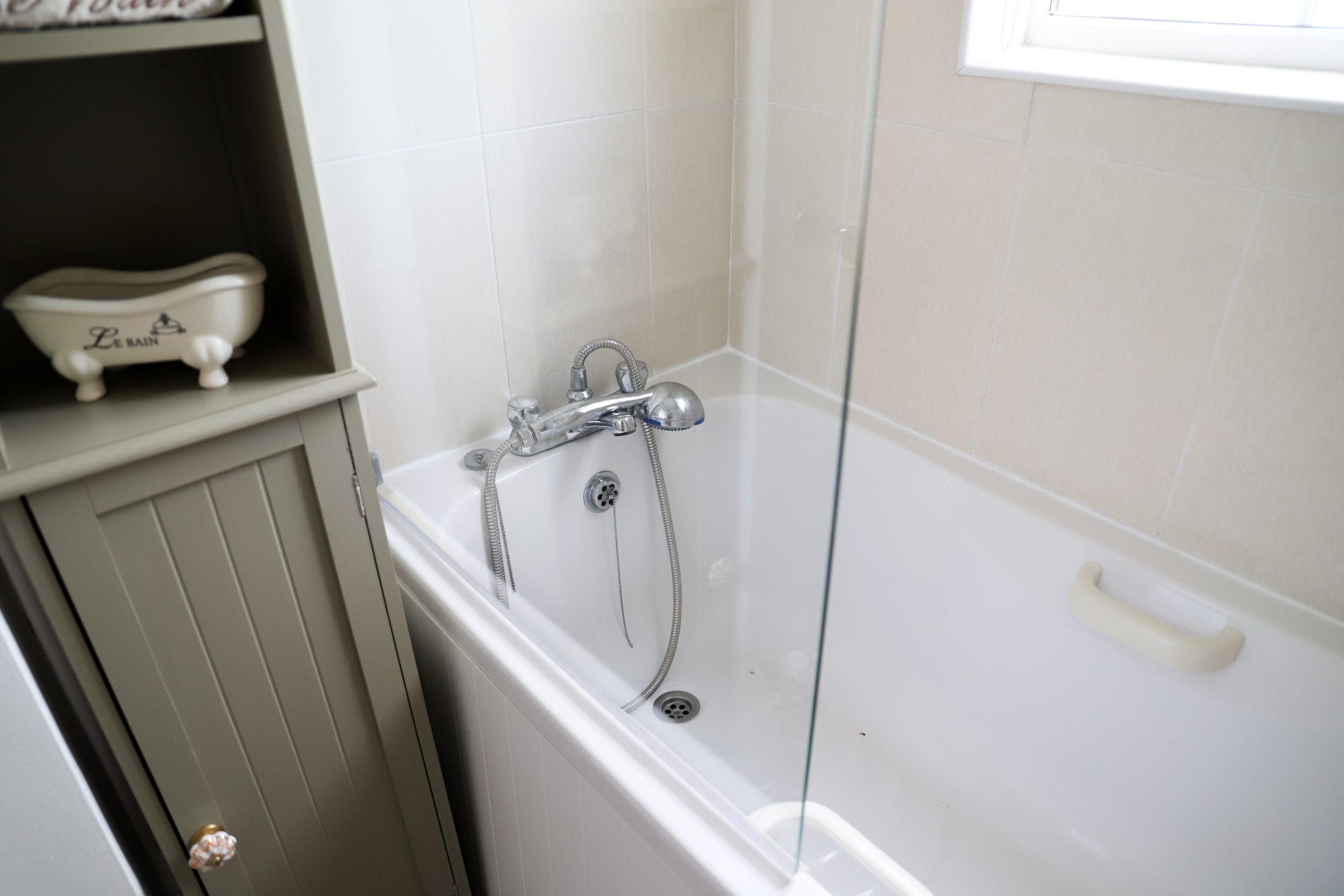
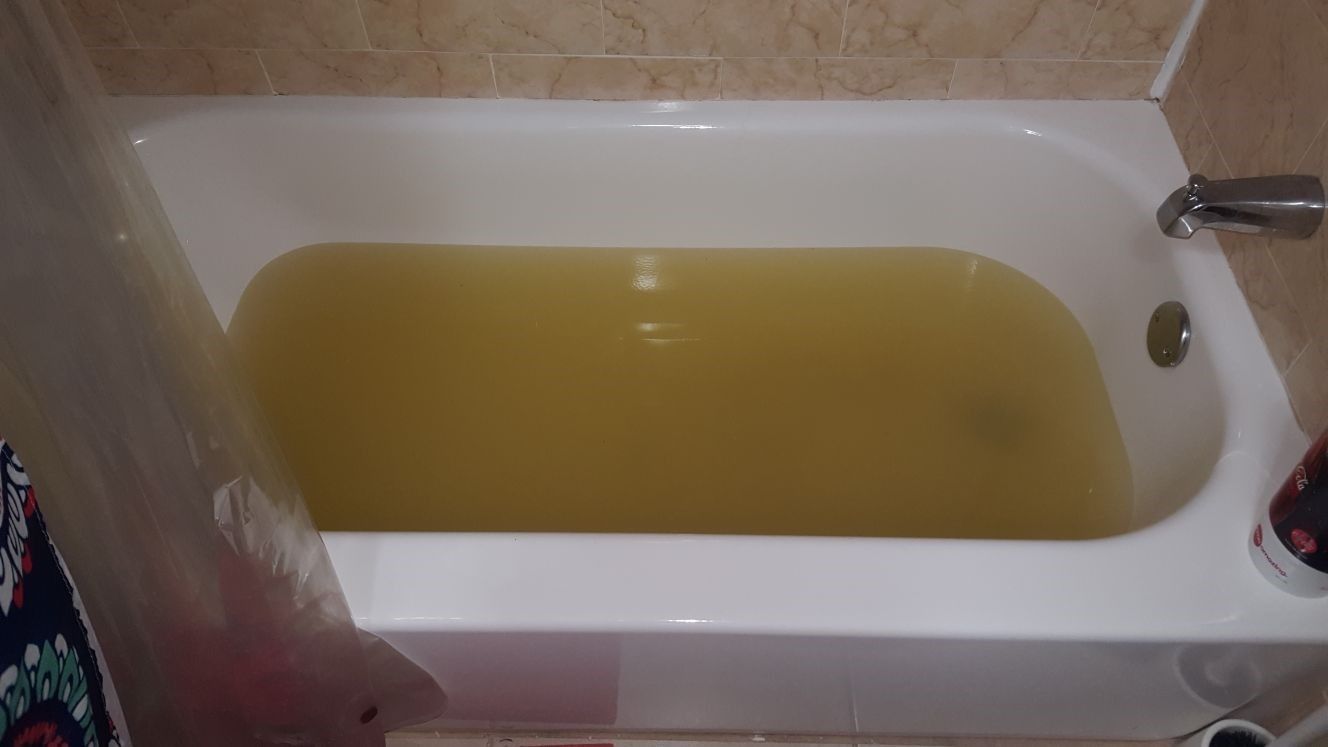
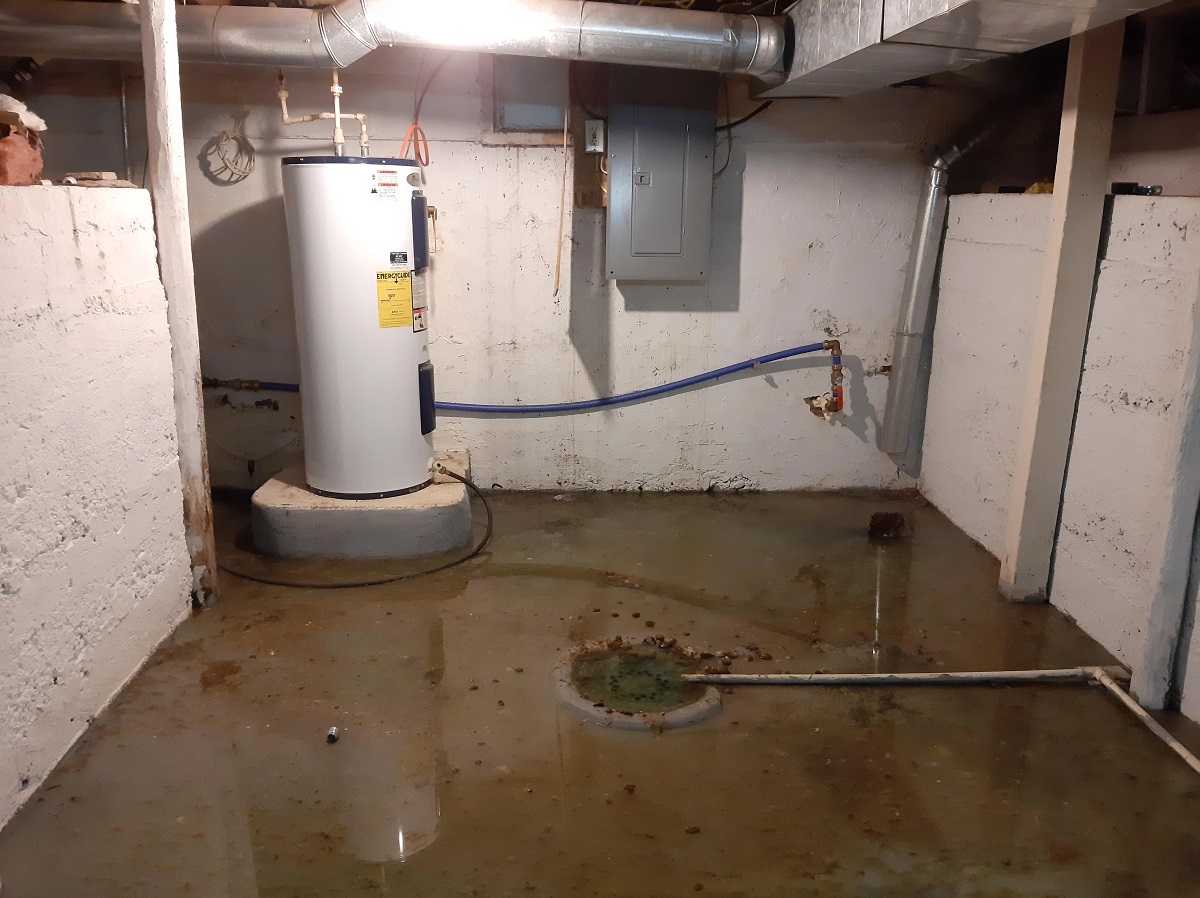
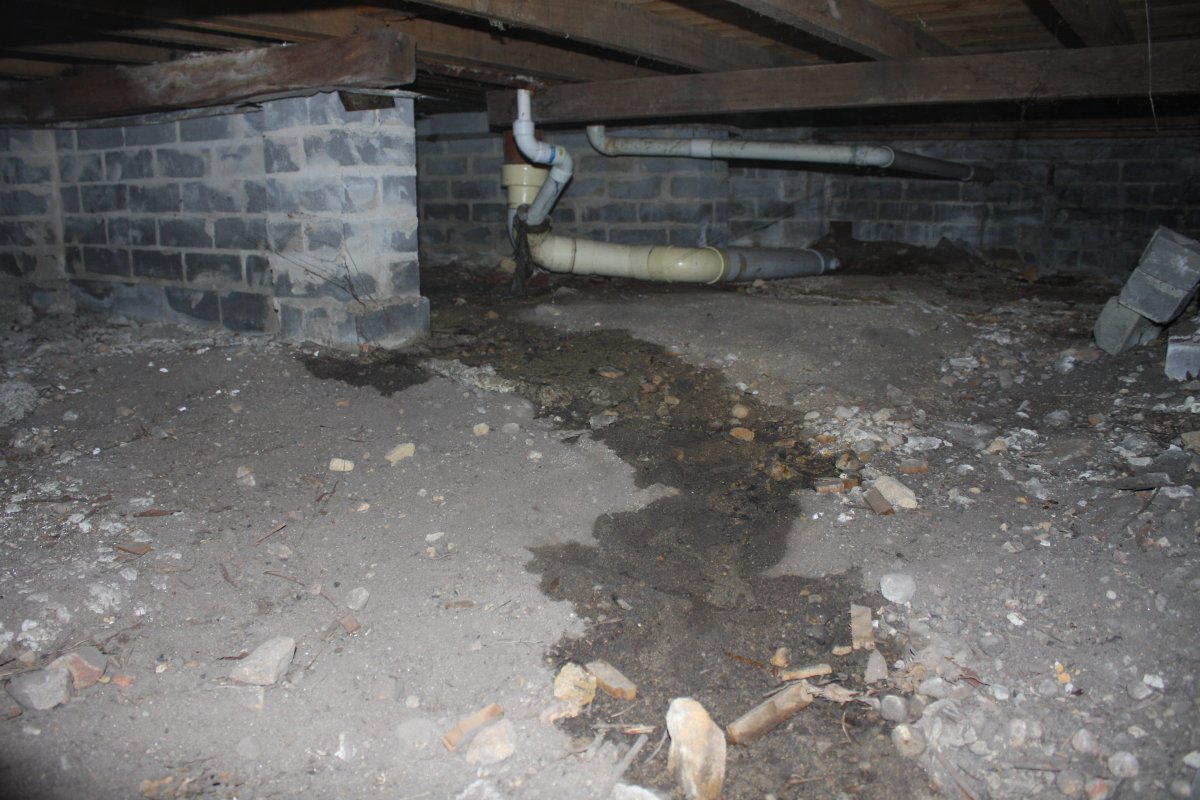
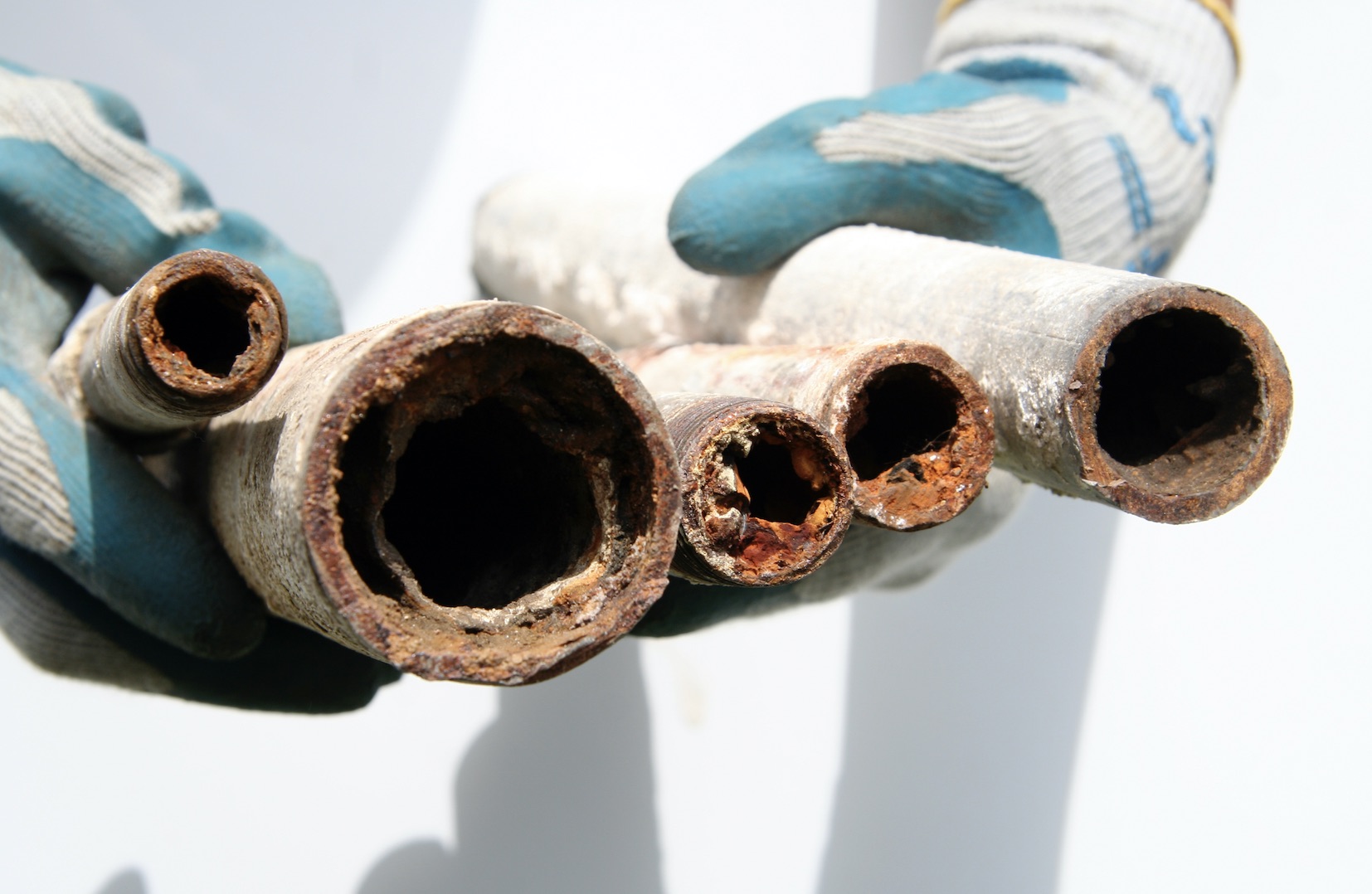
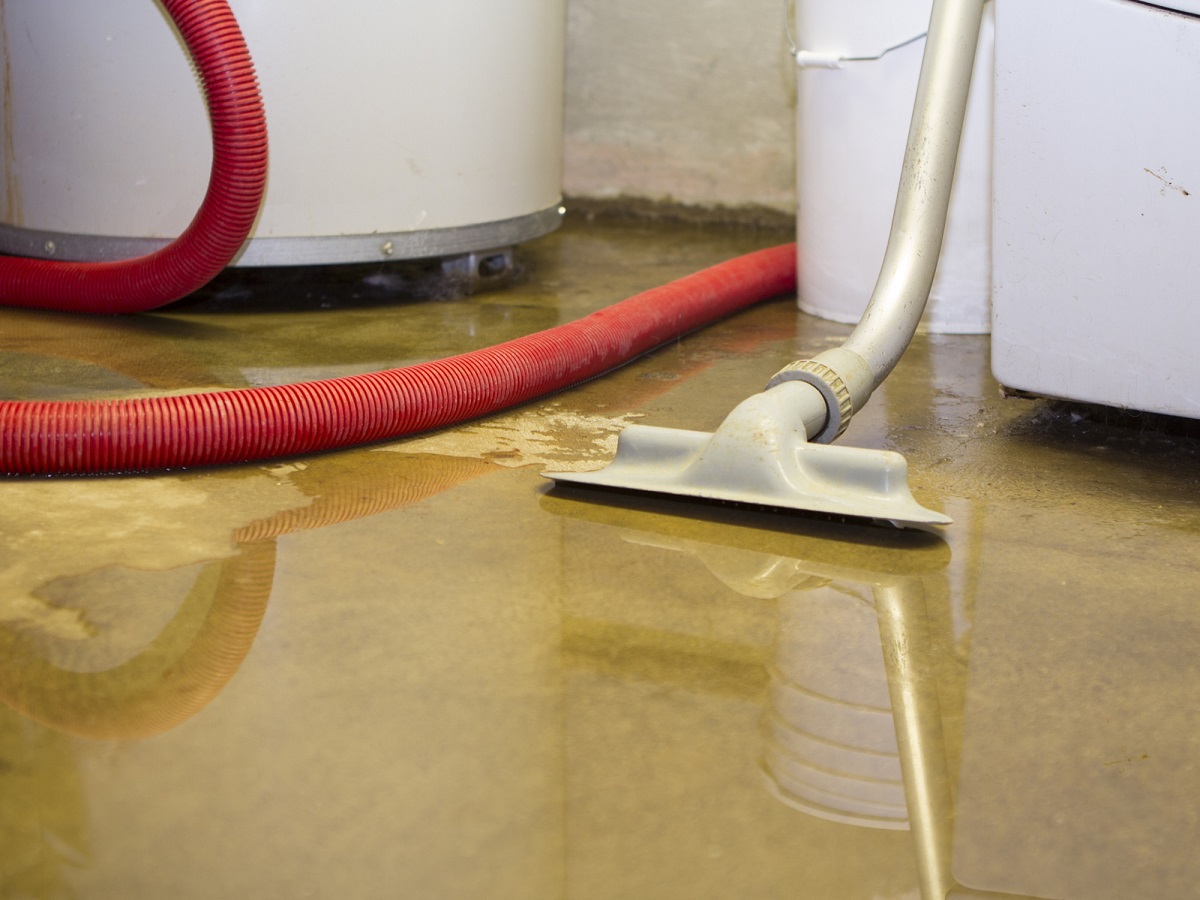
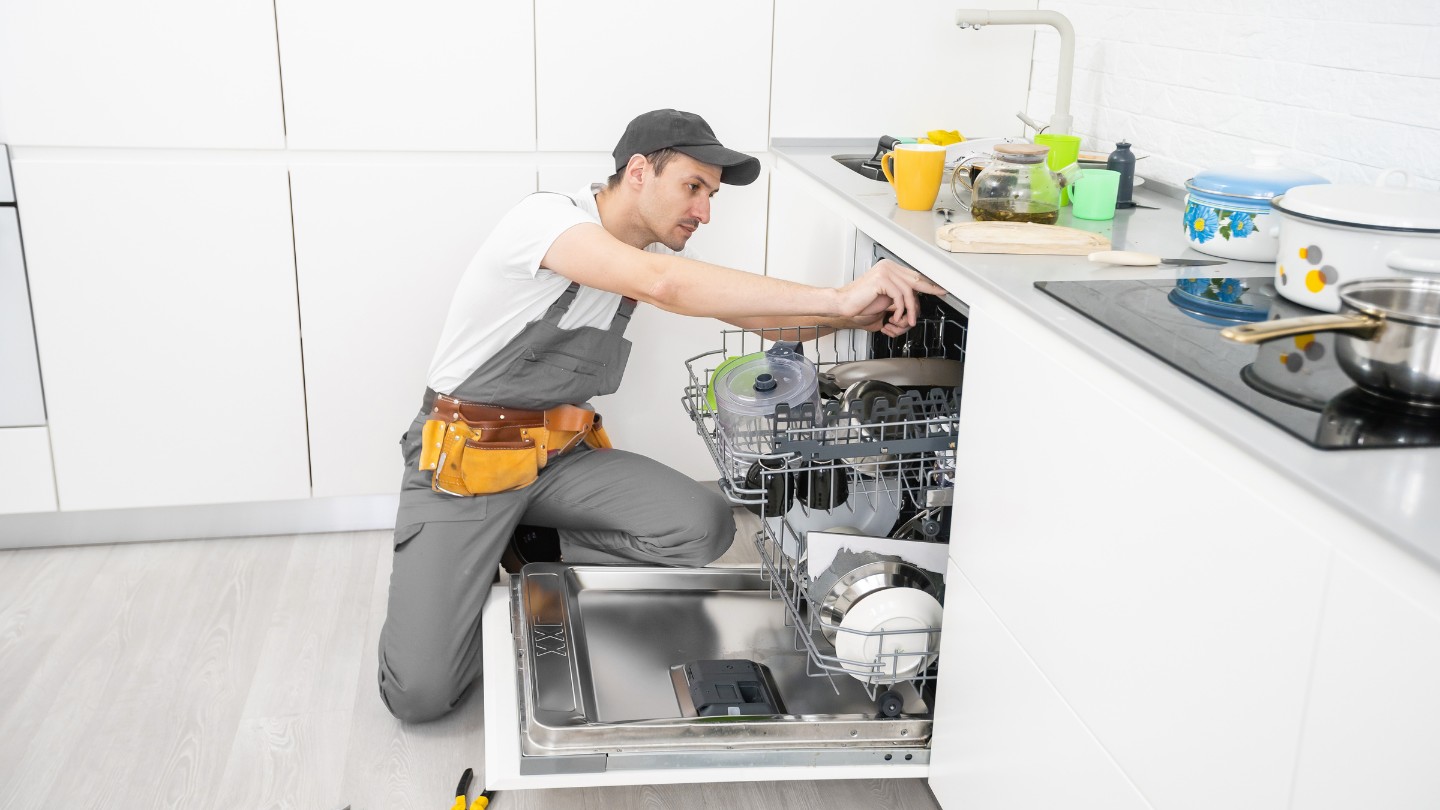


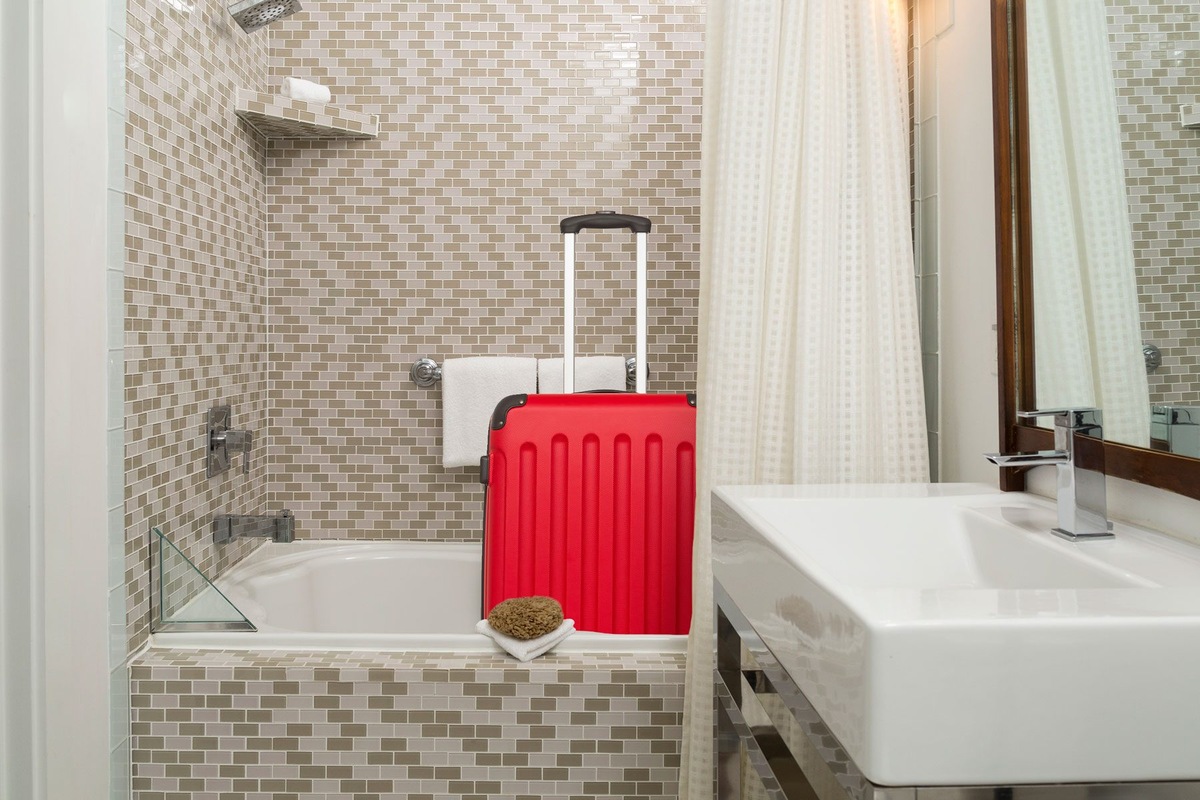
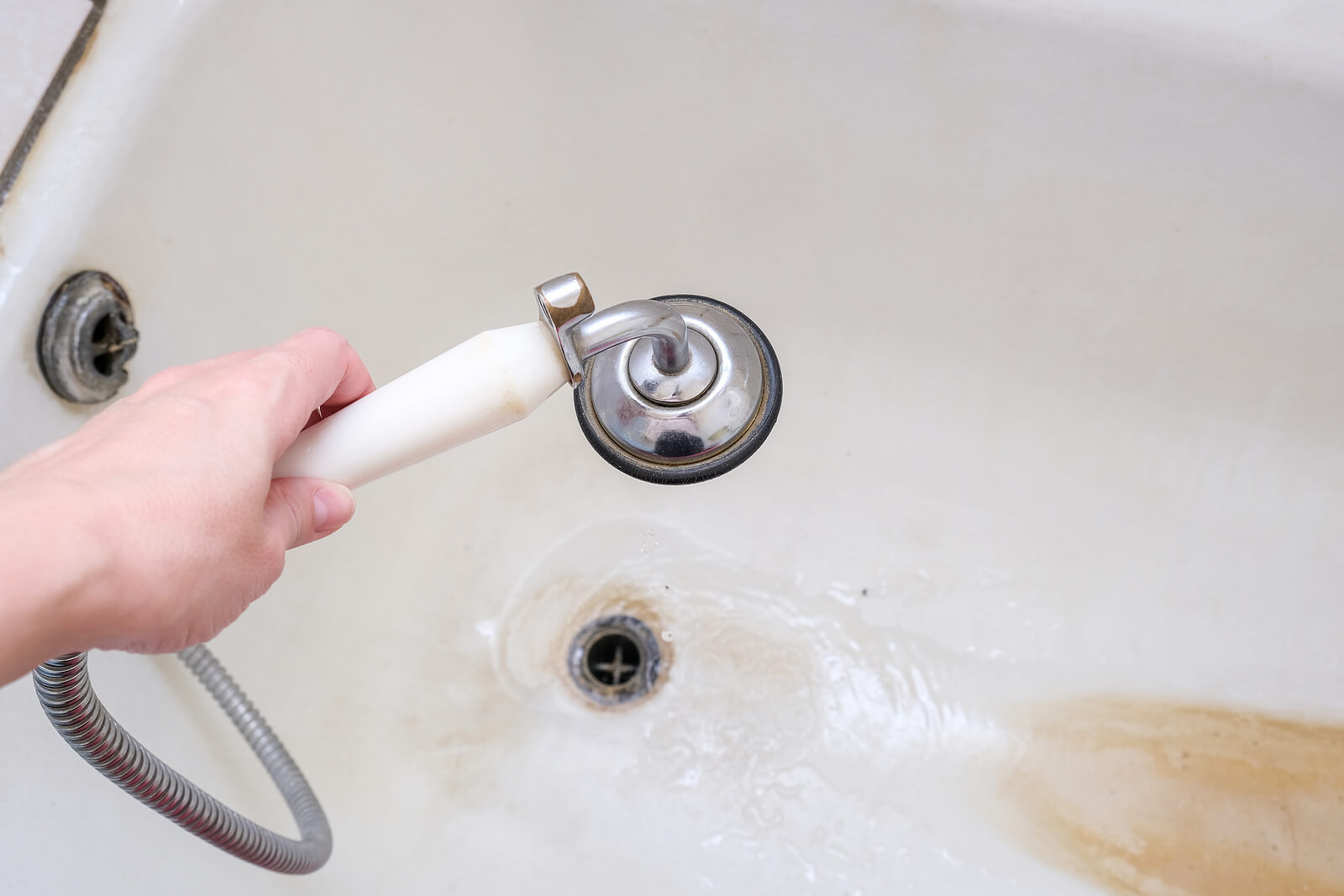
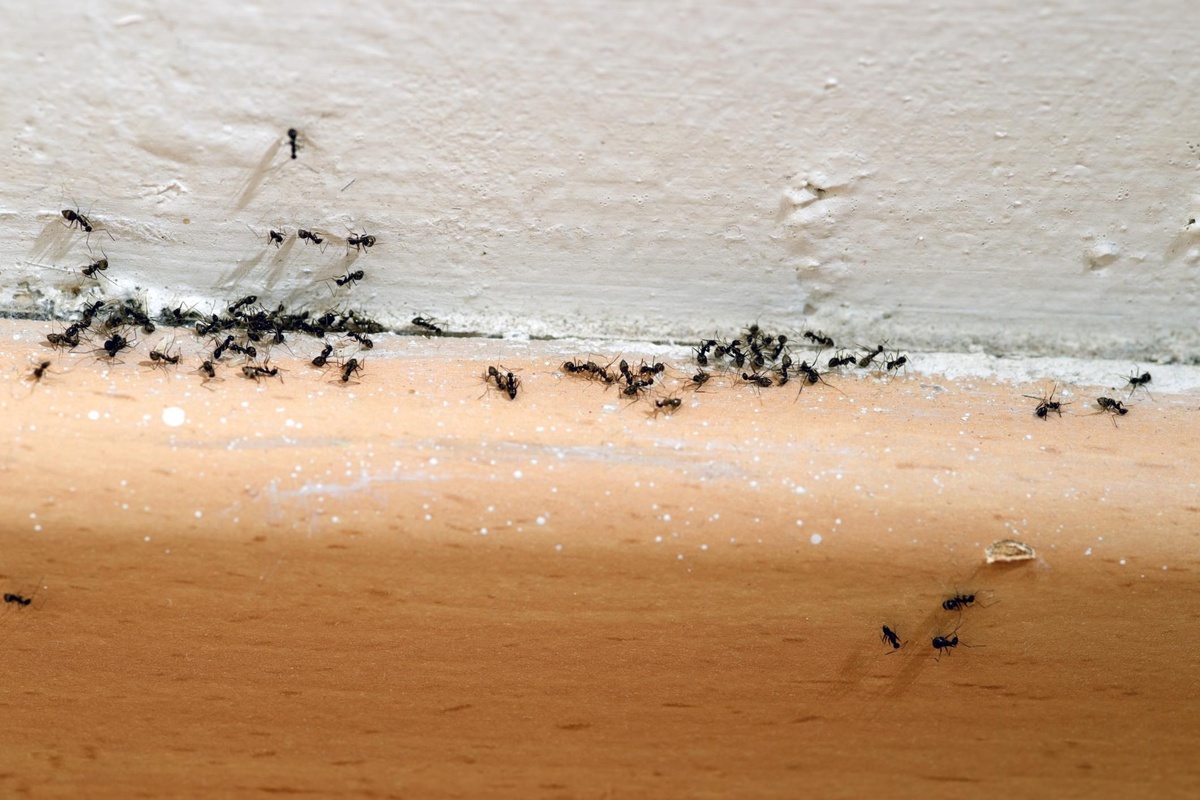
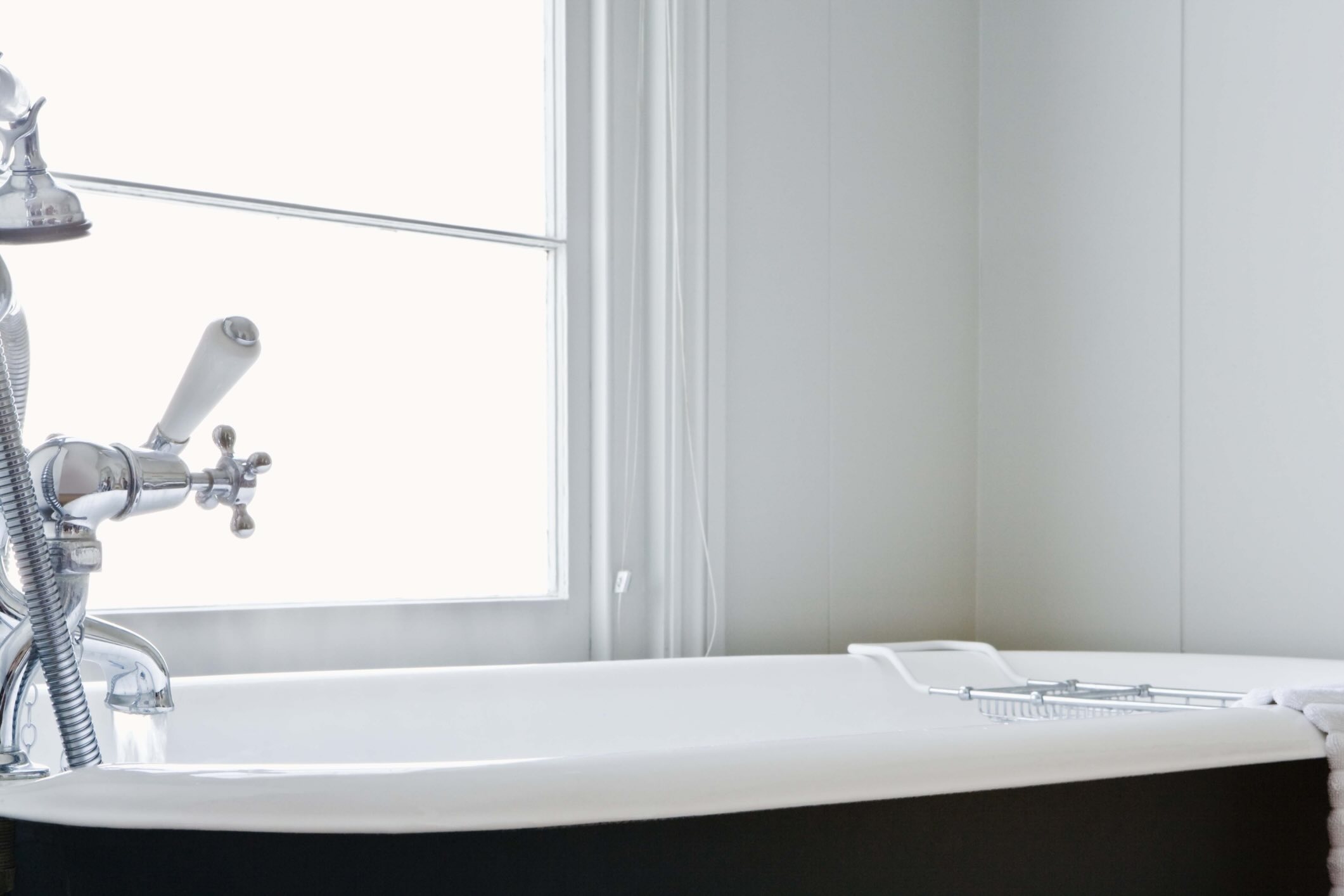
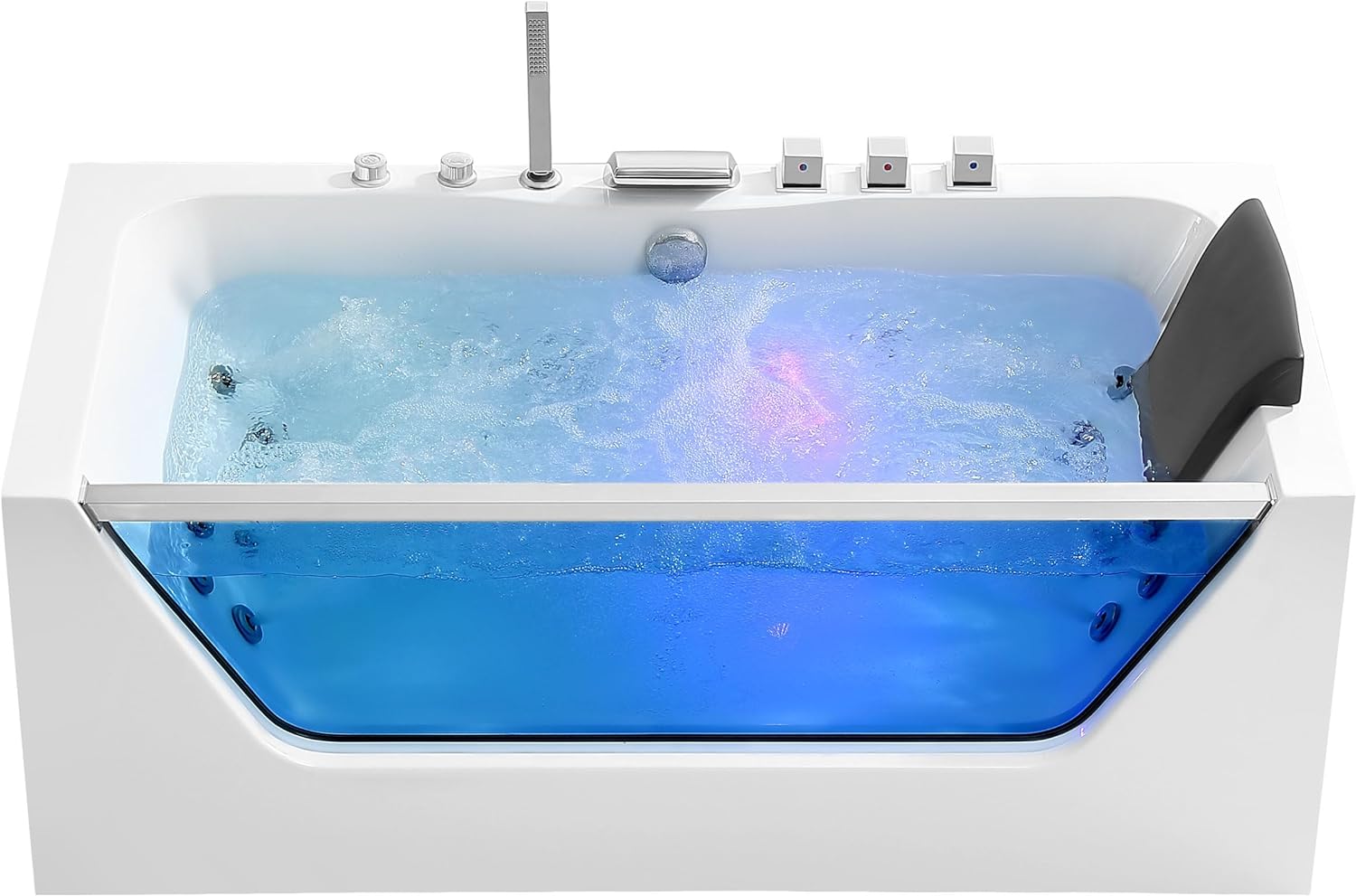
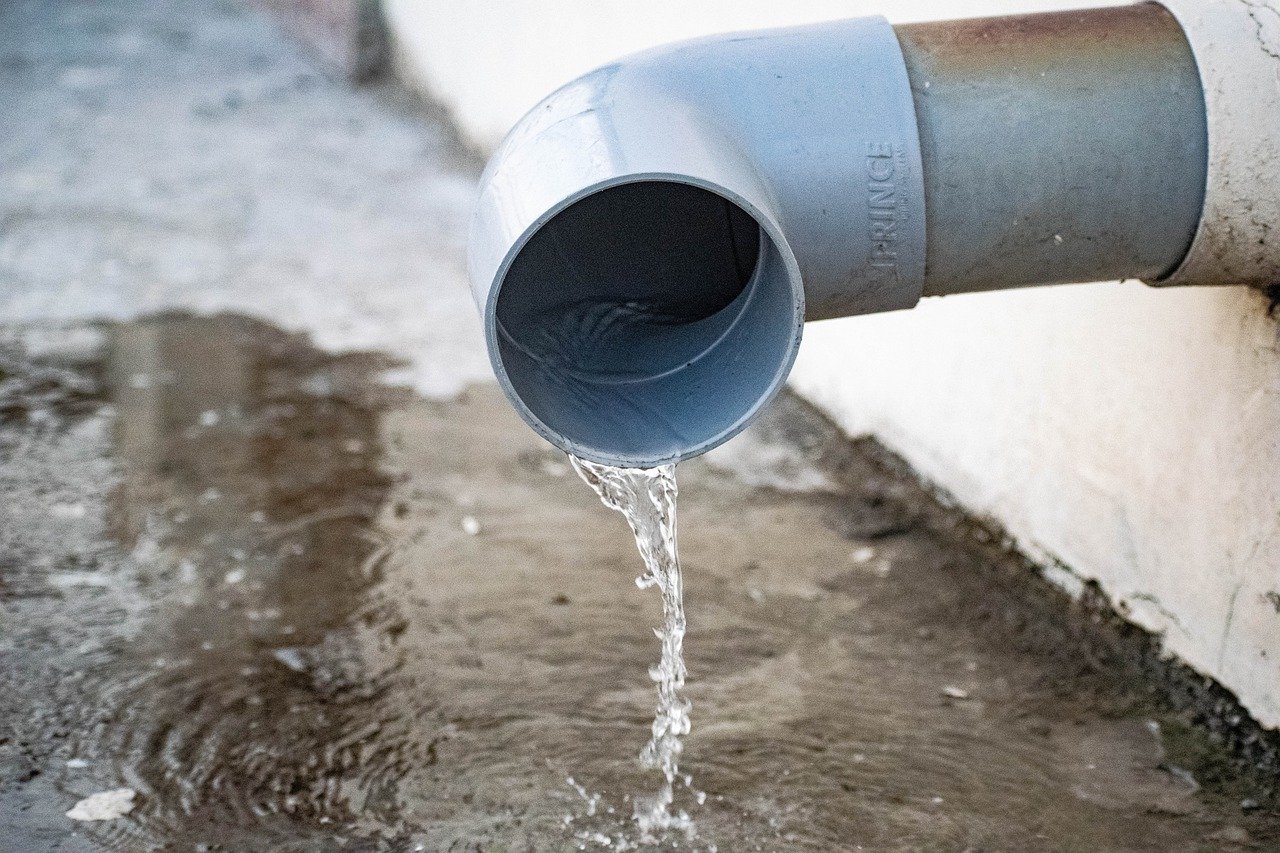

0 thoughts on “Why Is Sewage Backing Up In Bathtub”